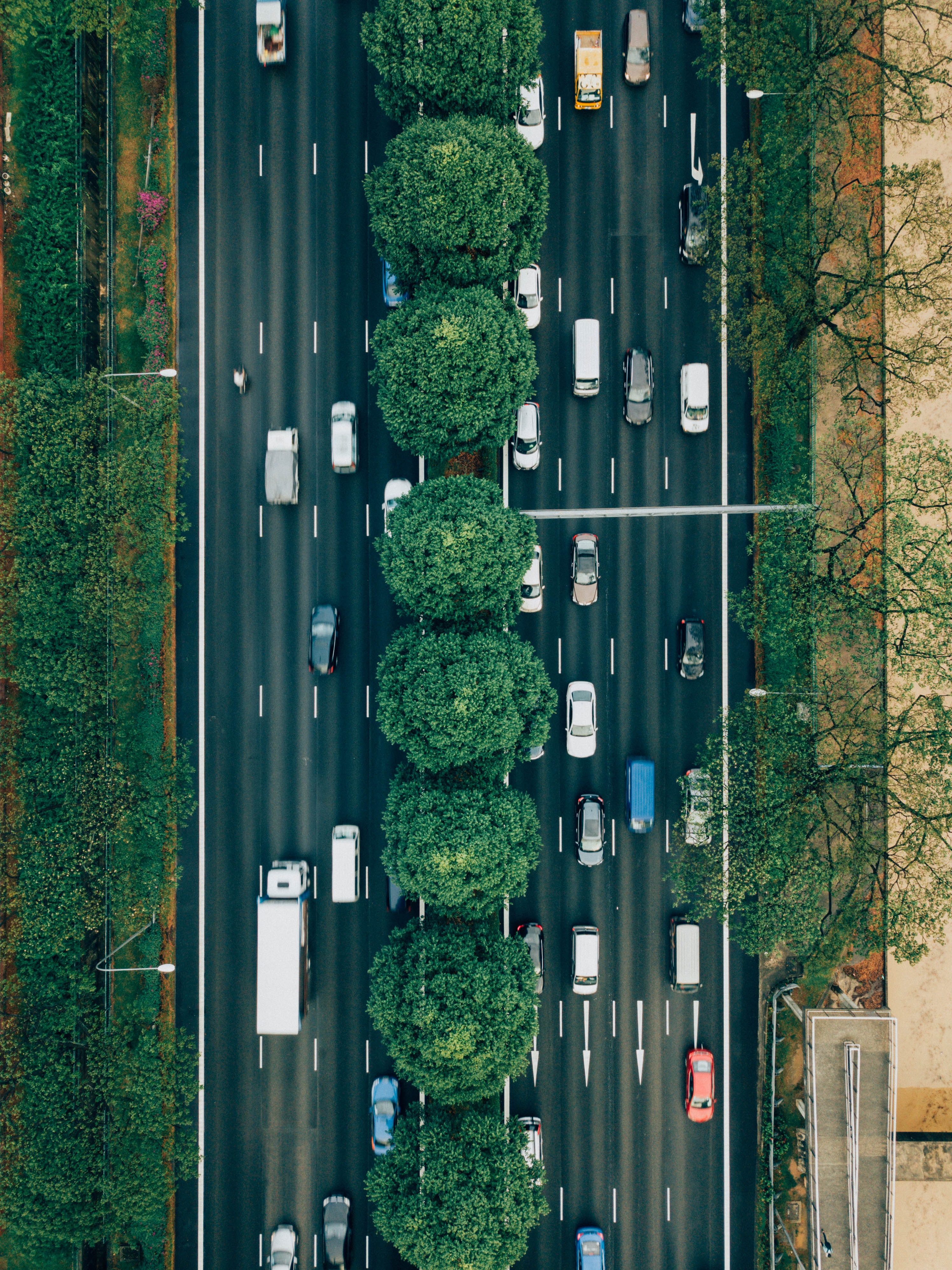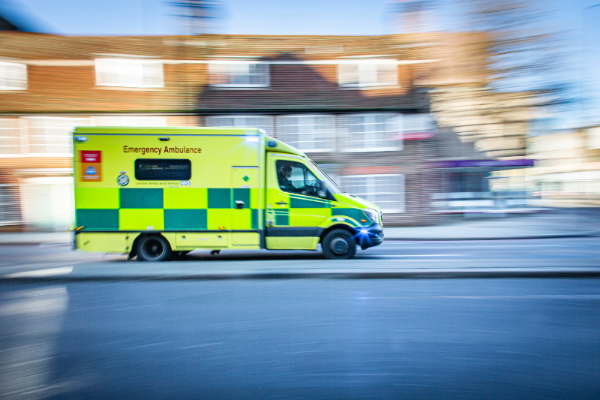Breakdowns On Motorways
If you cannot reach the next exit or service area, steer your vehicle onto the hard shoulder as safely as possible, and as far to the left as you can, away from traffic.
When you stop it is a good idea to have your wheels turned to the left, so that if you are hit from behind, your vehicle is not pushed on to the main carriageway.
When you stop
Once you have stopped
- switch on your hazard lights to warn other drivers you've broken down
- make sure your sidelights are on in poor visibility or at night
- don't open the offside doors
- warn your passengers of the dangers of passing vehicles
- keep animals inside
- with your passengers, leave the vehicle by the nearside door, away from the traffic. Lock all doors, except the front passenger door
- ask your passengers to wait near the vehicle, but on the embankment away from the hard shoulder
- telephone the emergency services. If possible use a roadside emergency telephone which will pinpoint your position, rather than a mobile phone.
- attempt even simple repairs on the motorway
- place any kind of warning device on the carriageway or hard shoulder.
Never
Disabled drivers
f you have any kind of mobility difficulty you should stay in your vehicle and
- switch on your hazard warning lights
- display a 'Help' pennant or use a mobile phone, if you have one in your vehicle, and be prepared to advise the emergency services of your location.

Breakdowns Calling For Help
Emergency telephones
Police-controlled emergency telephones are on most stretches of motorway at one mile intervals. Look for a telephone symbol and arrow on marker posts 100 metres (328 feet) apart along the hard shoulder.
The arrow directs you to the nearest phone on your side of the carriageway. Walk to the telephone, keeping on the inside of the hard shoulder.
Never cross the carriageway or an exit or entry slip road to reach a phone or for any other purpose.
Using the emergency phone
The telephone connects you to police control, who will put you through to a breakdown service. Always face the traffic when you speak on the telephone.
You'11 be asked for
- the number on the telephone, whichgives your precise location
- details of your vehicle and your membership details, if you belong to one of the motoring organisations
- details of the fault.
If you're a vulnerable motorist such as a woman travelling alone, make this clear to the operator.
You'll also be told approximately how long you'll have to wait.
Mobile phones
If you are unable to use an emergency telephone, use a mobile phone if you have one in your vehicle. However, before you call, make sure that you can give the police precise details of your location. Marker posts on the side of the hard shoulder identify your location and you should provide these details when you call.

Breakdowns Waiting For The Emergency Services
Wait on the bank near your vehicle, so you can see the emergency services arriving.
Don't wait in your vehicle unless another vehicle pulls up near you, and you feel at risk.
Many motorway deaths are caused by vehicles driving into people on the hard shoulder. When you're on the hard shoulder you're much more likely to be injured by motorway traffic than suffer a personal attack.
If anyone approaches
- get into the vehicle
- lock all the doors
- lower the window slightly
- speak through a small gap.
- ask for identity
- tell them that the police have been told and the emergency services are coming.
- an identity card
- your details: your name and information about the breakdown.
Then
A person claiming to be from the emergency services should have
Leave your vehicle again as soon as you feel the danger has passed.
If you can't get your vehicle on to the hard shoulder
Switch on yous hazard waring lights and leave your vehicle only when you can safely get clear of the carriageway.

To rejoin the motorway
Use the hard shoulder to build up speed before joining the other traffic when it's safe to do.
Don't try to move out from behind another vehicle or force your way into the stream of traffic.
Remember to switch off your hazard warning lights before moving off.

